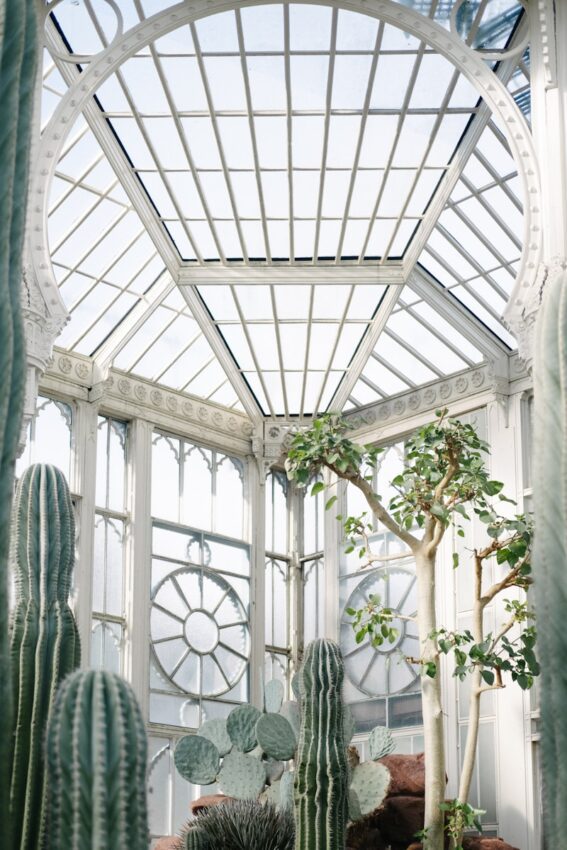A garden room offers a unique setting that can significantly enhance creativity and focus. By combining natural light, fresh air, and a tranquil environment, it helps cultivate an inspiring atmosphere ideal for artistic work, writing, or other creative pursuits.

This space is highly adaptable, allowing customization to meet individual creative needs. Whether it is arranged as a bright studio, a cozy nook, or a minimalistic retreat filled with plants, a garden room encourages productivity and relaxation. Its separation from the main house reduces distractions and provides mental clarity.
In addition to its creative advantages, a garden room can also increase the value and appeal of a property. It serves as a versatile extension of indoor living, suitable not only for work but also for leisure and reflection. This makes it an appealing option for anyone looking to foster their creative energy in a dedicated environment.
Designing Your Dream Creative Garden Room
A well-designed garden room balances practical elements like location and layout with thoughtful details such as natural light and functional areas. Every choice, from where it sits to the colors and materials used, shapes how inspiring and comfortable the space feels.
Choosing the Ideal Location and Layout
Selecting the right spot in the outdoor space is crucial. It should be quiet, sheltered from harsh winds, and preferably have a pleasant view of the garden to enhance creativity.
The layout must accommodate its intended use. If it’s a garden office, allowing space for a desk, storage, and seating is important. For a studio or creative retreat, an open plan with flexible zones works best. Accessibility from the main house also matters to encourage frequent use.
Positioning the garden room with consideration for privacy and natural shading helps maintain comfort without relying heavily on artificial climate control.
Maximizing Natural Light and Connection to Outdoor Space
Natural light supports focus and mood. Large windows, glass doors, or even a glass front can flood the garden room with daylight. Placing these openings to face south or east optimizes morning and midday light.
Incorporating features like skylights or clerestory windows increases brightness without sacrificing wall space for storage or display.
Design elements that blur the boundary between indoors and outdoors, such as sliding doors or decks, create a seamless connection to the garden. This connection encourages creative thinking by integrating nature into daily work or leisure.
Incorporating Functional Zones: Office, Studio, and Relaxation
Dividing the garden room into zones maximizes usability. A dedicated office area with technology access and ergonomic furniture ensures productivity.
An adjacent studio space might have open floor space, easels, or workbenches, depending on the creative medium. Storage solutions are essential to keep supplies organized yet accessible.
A small relaxation corner with comfortable seating or plants supports breaks and mental refreshment. Clear separation between work and rest areas prevents fatigue and encourages focus.
Selecting Aesthetic Touches: Art, Colors, and Materials
Choosing colors that stimulate creativity and calm, such as blues, greens, or warm neutrals, aids concentration and comfort. Accent walls or artwork personalize the space and inspire.
Materials like natural wood or stone connect the room to the garden environment and add warmth. Durable, low-maintenance finishes suit frequent use.
Incorporating plants inside the garden room enhances air quality and visual appeal without cluttering. Lighting fixtures should complement natural light while providing adjustable brightness for varied tasks.
Elements That Spark Inspiration in Your Garden Room
A garden room’s design can greatly influence creativity and comfort. Key elements include practical storage, artistic touches, ambient water features, and flexible uses that transform the space into an inspiring retreat tailored to individual needs.
Creative Storage and Organization Ideas
Efficient storage helps maintain a clutter-free environment conducive to creativity. Built-in shelves with adjustable compartments accommodate various materials, from art supplies to notebooks. Using vertical space maximizes floor area, allowing more room for work or relaxation.
Multi-functional furniture, like storage benches or ottomans, combines seating with hidden storage. Clear or labeled containers provide quick access and organization, reducing distraction during creative sessions. Incorporating natural materials such as reclaimed wood or wicker blends storage solutions with the garden’s aesthetic.
Adding Garden Art and Whimsical Features
Garden art introduces personality and visual interest that can inspire new ideas. Handmade sculptures, mosaic pieces, or wind chimes offer tactile and auditory stimuli. Placing art in unexpected corners or alongside climbing plants encourages discovery and reflection.
Whimsical features like fairy lights, hanging lanterns, or colorful ceramic accents enliven the space without clutter. These elements mix functionality with charm, enhancing mood and fostering a playful atmosphere that supports creative thinking.
Enhancing Atmosphere with Water Features and Insulation
Water features create a calming soundscape that helps focus and relax. Small fountains, wall-mounted waterfalls, or birdbaths add gentle movement and ambient noise. Their presence encourages mindfulness and connection to nature.
Proper insulation ensures comfort year-round, preventing drafts in winter and heat buildup in summer. Materials like double-glazed glass, insulated walls, and thermal flooring contribute to a stable environment. This allows uninterrupted creative work regardless of outdoor conditions.
